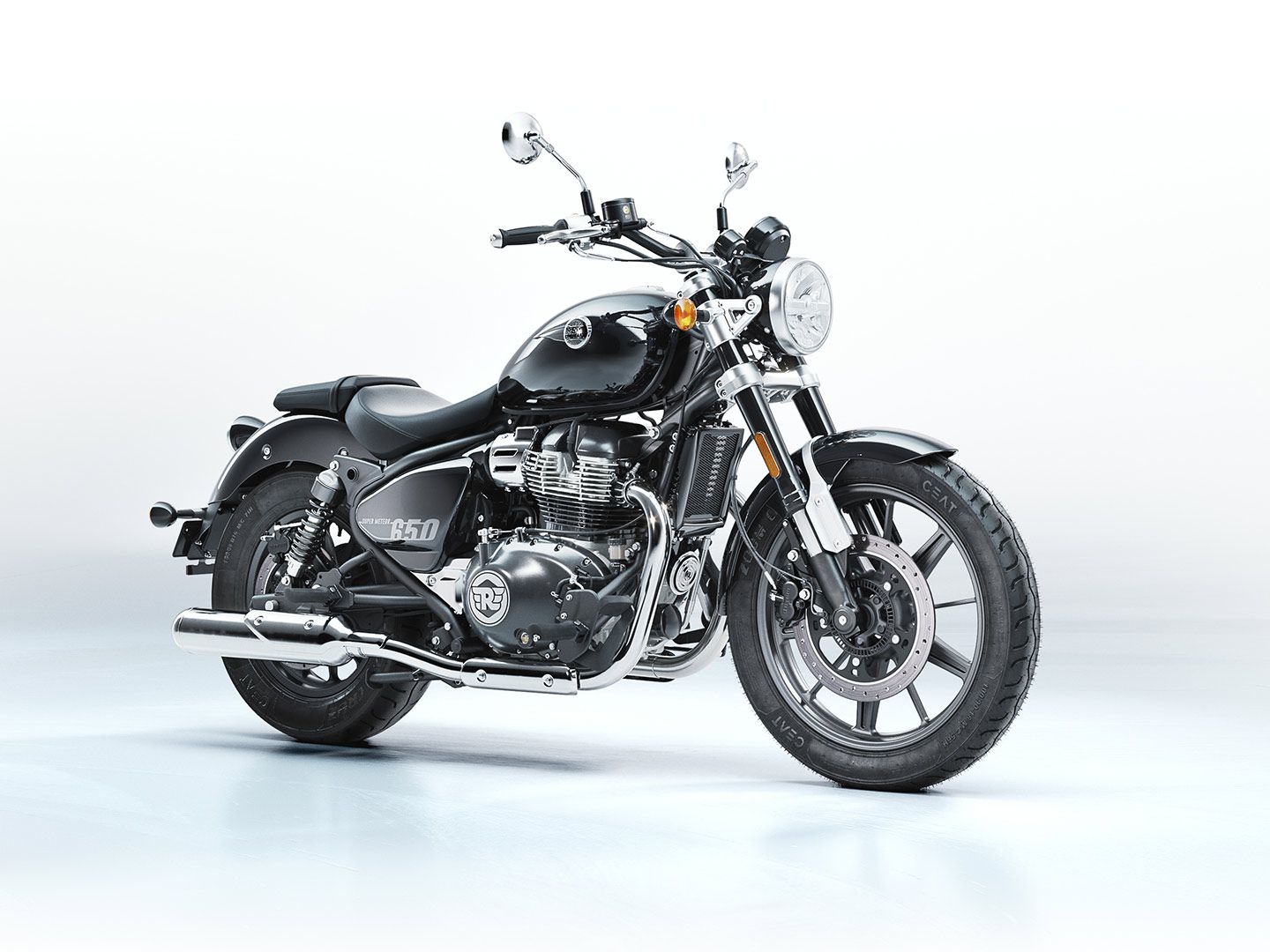The Eta Aquarids meteor shower will light up the sky this weekend and it peaking from May 4 evening to May 5 early hours. Astronomers say we can see about 50 shooting stars per hour during this time. These shooting stars move really fast like around 66 kilometers per second. They also leave behind bright trails called persistent trains that last for a few seconds after the meteor disappears.

The shower is named after its starting point in the sky near a bright star called Eta Aquarii in the Aquarius constellation. The best time to watch is between midnight and dawn. While everyone around the world can see it, it will be clearer in the Southern Hemisphere.
The Eta Aquarids come from debris left behind by Halley’s Comet, which we can see every 76 years. The last time we saw it was in 1986 and it won’t be back until 2061. Halley’s Comet has been around for ages, but we only connected it to the Eta Aquarids in the 19th century. People have probably been watching this meteor shower for a long time but we only understood its connection to the comet recently.
The comet is named after Edmond Halley who predicted its return in 1705. He did not find the comet but he figured out that sightings from 1531, 1607, and 1682 were of the same comet coming back regularly. Using Newton’s laws, Halley said the comet would return in 1758. He died before that, but the comet showed up right on time, proving him right.
Halley’s Comet was the first comet we realized came back regularly, changing how we see comets from just being odd sky events to being objects that orbit the sun. Seeing the Eta Aquarids depends on the moon’s brightness. Luckily, this weekend, the moon will be just a thin crescent, making it perfect for meteor watching.
For the best view, look southeast away from city lights. Lie down and look up at the sky, and after about 30 minutes, your eyes will adjust, and you’ll start seeing meteors. The show lasts until dawn, so there’s plenty of time to enjoy it.
